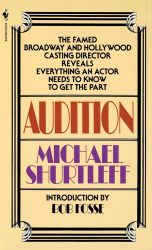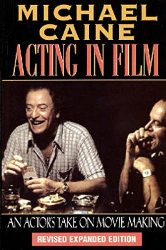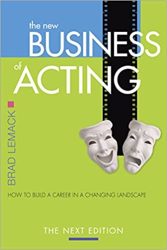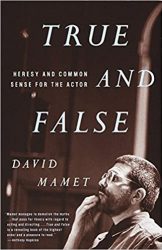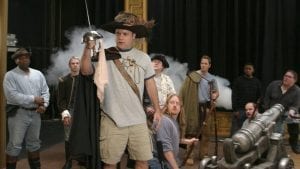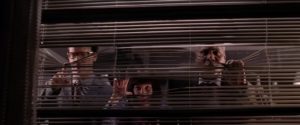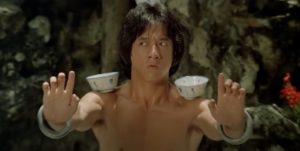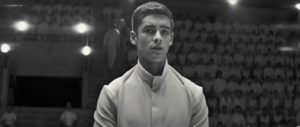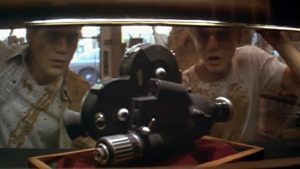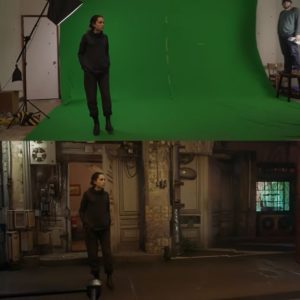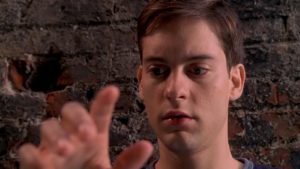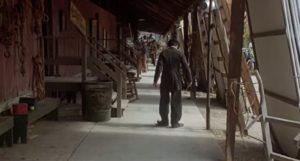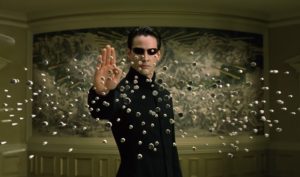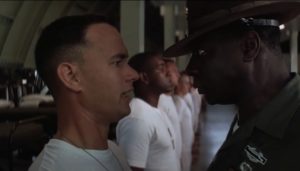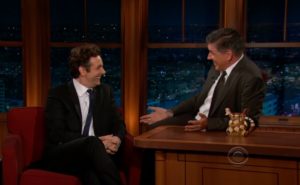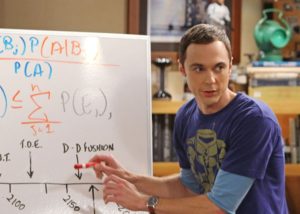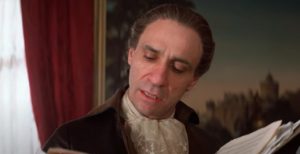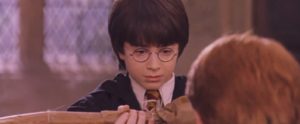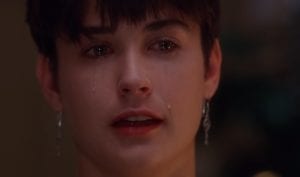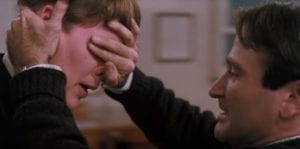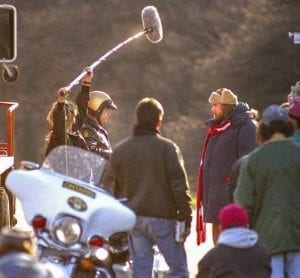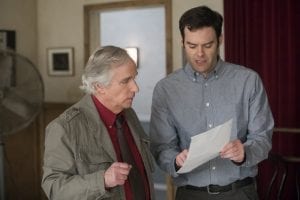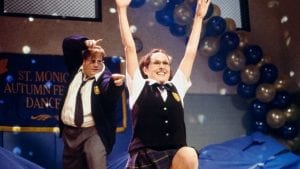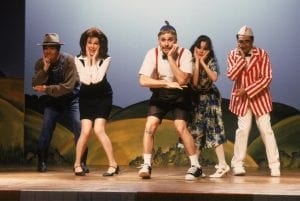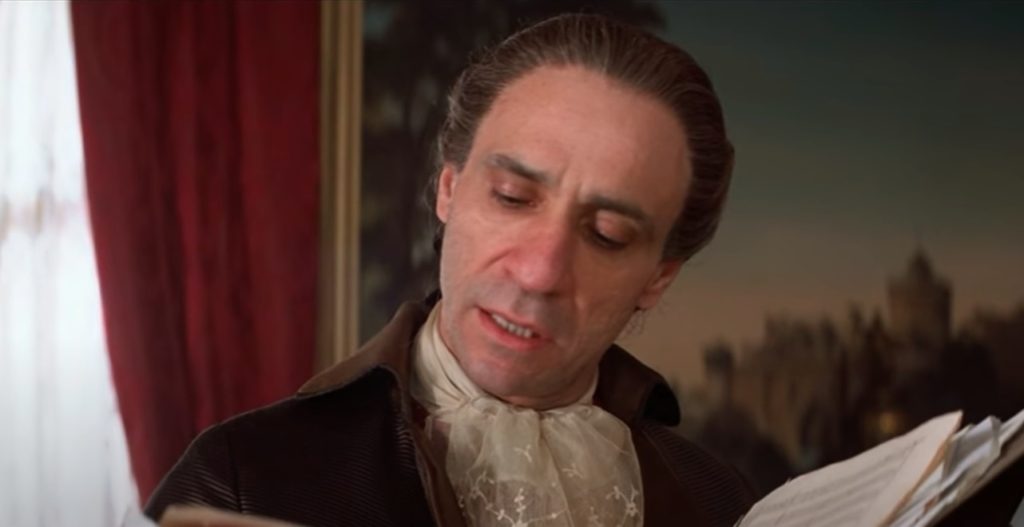
If you have a script or audition sides and you’re wondering how to prepare for your performance, you might be wondering what other actors do. How do actors read scripts?
First, read the script in its entirety to understand the overall story, including the themes and tone. Next, read the scenes to find different beats and see how your character’s role changes. Finally, keep that understanding in mind when you read just your lines to make the delivery more natural.
Actors might read the script at each level once or several times for greater understanding. So now that you know the three general steps let’s go a little more in depth. At the end, there will be additional tips for preparing for an audition.
Step One: Reading the entire script to understand the story
The first thing we need to get a better understanding of is, what is the point of reading a script? Someone who is not an actor will read a script or book to be taken on an adventure (in other words, to get involved in a story). Some people do this with scripts just for fun, reading them like they would read a book. Actors have a different mentality towards reading scripts, and that is not so much to be entertained but to understand.
- Here’s an analogy: Imagine you’ve started an office job; you’re told your tasks, and you can do them, but you still stick out from veteran employees, like in the scene below from Big (1988). Later, after you’ve worked there a while, you understand more of the nuances of the job such as the office politics, the details of how and why, and you feel a lot more in sync in that environment, you can fit into that flow better. This also applies to being an actor. An actor will read a script once to understand the story, but most serious actors will read a script over and over and over to find those nuances, the themes, and the underlying message the writer is trying to convey.
Before you can understand your character, your role, and the beats, you need to understand the underlying theme and what the story is in general.
Understanding the underlying theme means understanding the core beliefs and messages that the writer is trying to convey. For example, if the writer is trying to convey the sorrow of being alone and that’s the point, that’s the theme of the whole story/script, then that’s going to influence everything else, from the characters to the dialogue and its delivery.
We read a script in its entirety to understand the tone as well. The tone is the feeling that the writer is trying to convey; it’s the feeling of the story. If the theme is again about loneliness, the tone doesn’t necessarily have to be sad. The tone might be upbeat, it could be brooding, it could be fast paced, etc.
- For example: The Pianist (2002) and Life is Beautiful (1997) are both films involving perseverance during the Holocaust and the preciousness of having loved ones. However, the tone of the two movies is markedly different. In Life is Beautiful, the tone is much lighter (rather than serious), as the father in the film tries to help his young son not feel scared by acting like it’s all just a game. In contrast, The Pianist is quite a bit heavier. This understanding of the tone helps inform the actors’ performances. Here are the trailers for these two films so you can compare them:
Delivery of lines is just guesswork unless you understand the theme and tone of the story. Those will influence everything else.
Step Two: Reading the scenes to understand the beats and your character’s roles
First of all, what is a beat? A beat is a change in the tone or energy of the scene. For example, when a light fun conversation becomes serious, or when you go from flirting to dangerous. It changes the energy of the scene. A beat doesn’t necessarily have to have silence, a beat just means a change in the energy, tone, relationship, or feeling of the scene.
These beats are not indicated in the script (when you see “beat” stated in the script, that means something different – it just means “take a moment” – but that’s not the type of beat we’re talking about). Because the beats we’re talking about are not indicated in the script, they are up to you, the actor, to find.
How do you actually find the beats? You have to become a bit of a detective.
- Step 1: Ask yourself what changes from the beginning to the end of each scene (or script), whether that’s a power dynamic, a relationship, a trust issue, a feeling, etc. Once you have an idea of what that is, go on to the next step.
- Step 2: Find the moment where that change happens within the scene. It can be in the middle of a line at the end of a line, it can be after hearing another person’s line, it can be after some sort of action. Wherever that moment is in the scene, that is the beat.
Now here is what separates a real actor from the rest. Once you have done Steps 1 and 2 you start from scratch and see if you can find a different beat. In other words, what if there’s a different change in emotion or relationship, etc. from the beginning to the end of the same scene? And where did that happen?
Why does this make someone a great actor? Because to a large extent the beats that an actor finds might be different from the beats that are director or even the writer have in mind. The true actor, the real actor, finds beats that they feel strongly about but can empathize and see and understand why someone else might have a different interpretation and can find different beats within the same scene. By finding alternative beats, the actor practices being flexible to avoid being stuck in one interpretation.
You can get away with just finding beats within your own part but really good actors that deliver really great performances understand the script as a whole, because finding beats in the other places can help you understand the story better.
After you understand the script as a whole, a good actor needs to understand each section (each scene and beat) to see what their character’s role will be in that section. In this context, “role” doesn’t mean the character you’re playing. In this context, role means your character’s purpose in a particular section. For example, in one section your character might have the role of the antagonist but later on your character might have the role of the supportive friend. Your character’s role can change throughout the story. Therefore, once you understand the story as a whole, you can focus on understanding the different roles your character will play in every section of the story. Once again, this will influence how you deliver your lines and your understanding of your character.
These changes in roles may lead to shifts in the power dynamic between the characters, as shown in the scene below from Pirates of the Caribbean: Curse of the Black Pearl (2003), which has quite a few beats – notice all those shifts in energy (hint: notice the changes in music going along with the beats).
Step Three: Reading your character’s lines while keeping the rest in mind
By now, you’ve done several readings. You’ve read the script as a whole and you understand the theme, and you’ve read each section so you understand the beats and your character’s roles. Now, it’s time to get into the studying of your lines within each scene.
- Common mistake by amateurs: A lot of amateurs will start right from reading their character’s lines, trying to guess the best ways to deliver lines without really understanding what the story is about and what the scene is about. This is where you get bad acting because, once again, unless you understand the theme and the tone, all you are really doing is guessing. It’s always obvious when an actor is trying to force emotions (e.g. when they’re trying to cry, when they’re trying to be angry, when they’re trying to be evil, etc.). This uninteresting performance usually comes as a result of not understanding the story and the different sections within it due to not having read the whole thing.
Once you’ve done all the hard work (you’ve read the script over and over and over, trying to understand and see different things every time), then finding the anger, finding the tears, etc. becomes very easy because they’re justified. After all, they come from a sincere place of understanding.
For example, in the above scene from Pirates of the Caribbean, at 2:29 in the video, the pirate asks Elizabeth where she got the medallion and whether it is a family heirloom. An actor who had just studied this one scene would not have known the significance of that question and would have to guess the emotions. However, after you read much farther in the script, you realize that the pirate was wondering whether Elizabeth could actually be a descendant of his old fellow pirate Bill Turner (since Elizabeth said her last name is Turner) and, thus, at long last, the key to lifting their curse (it’s a long story; that’s why you read the script). You can see how this understanding of the whole story would make it much easier for the actor to find relevant emotions.
There’s a mind shift that I want to summarize with, and that is that actors don’t read lines and scenes and scripts to memorize and deliver . . . they read them to understand so that the delivery can come naturally afterward. Focus on the understanding.
How to read a script for an audition
In auditions, the correct term is “audition sides” rather than “scripts” but I called this section based on keywords beginner actors are likely to use. A script is a full story. Audition sides are usually just a couple of pages (excerpts from the full story) that you get for an audition. When you’re auditioning, you don’t get a full script, you just get audition sides. Here’s an example of what you might get:
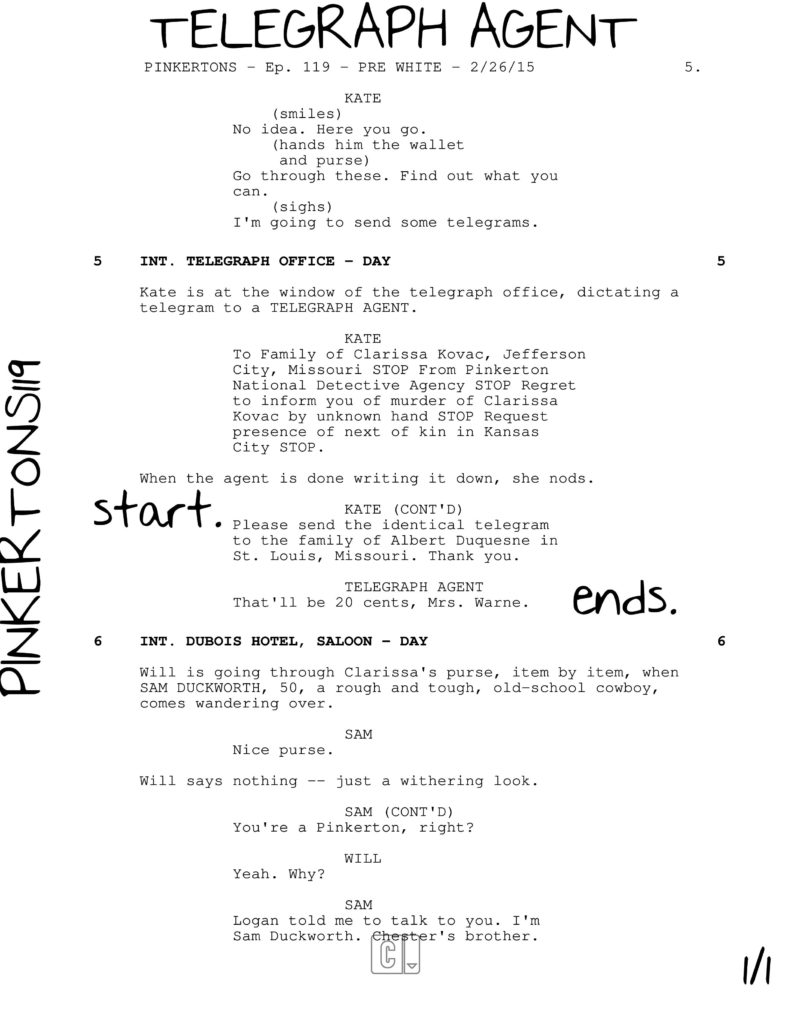
Here are some introductory facts about audition sides:
- The length of audition sides tends to be correlated with the size of the part you’re auditioning for. So, if you have a one-liner or two liner or a very small part, you will probably only get one or two pages. If you’re auditioning for a larger role, you might get three or four pages from the script to use as audition sides.
- By the way, sometimes in an audition you might be reading for a character that is not necessarily the part you are being considered for. They just want to see you acting. This is rare but it does happen. By the way, the name of the character you’re reading for is generally handwritten on the top; for example, in the image above, you can see that it’s “telegraph agent”. However, as described in Tip 1 below, don’t look at that until later.
- A lot of the time (and in the image above) the casting director will have written “Start” and “End” in black marker on the parts of page where you’re meant to start and stop speaking, respectively. However, you often get more than just that isolated part; you might even get pages more. This additional content is to help you understand the story. They try to give you enough to prepare while not giving too much of the movie away.
Here are my top tips for how to make the most of all that extra text to help you prepare for an audition:
Tip 1: Don’t look to see who you’re playing (focus on the story first)
Try not to look at the name of the character you’re auditioning for so that, the first couple of times you read the script, you can understand the whole story. If you know the part you’re playing, you will naturally focus more on your lines than on everyone else’s. However, a clear understanding of what is going on is essential, especially when you might only have one or two lines and only one or two pages to really make strong decisions.
Tip 2: Feeling is more important than memorization (focus on the other person’s lines)
Most actors will focus a lot of memorization versus understanding the story but, especially for an audition, you don’t have to be word-for-word correct. I mean, it’s always ideal, but if you have the right underlying sentiment and you’re off by a line or two, that won’t be as important as a good strong performance.
Therefore, rather than focusing on memorization every time you read your audition, really focus on the other person’s lines as much as your own. This will help you understand what is going on and create a performance that is grounded in the reality of the scene you’ve been given.
Otherwise, when you’re trying to think of good quote choices or good character traits, you’re just making them up and they may or may not make sense. But if you really understand what everyone else is saying as well as what you are saying, then the character can become very obvious to you and the decisions of how to deliver lines become easier.
To learn more about audition preparation, check out the How to Prepare for One-Line Audition article.
